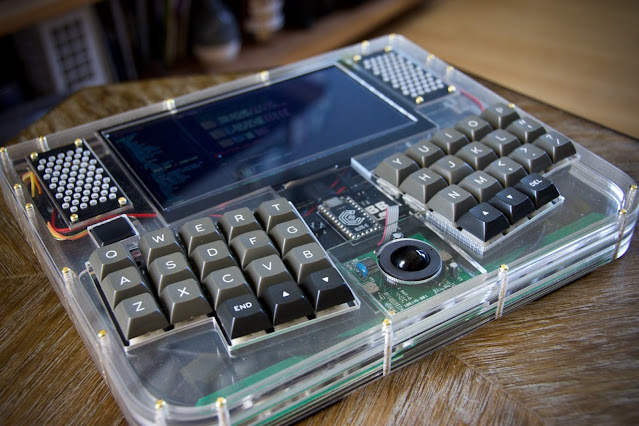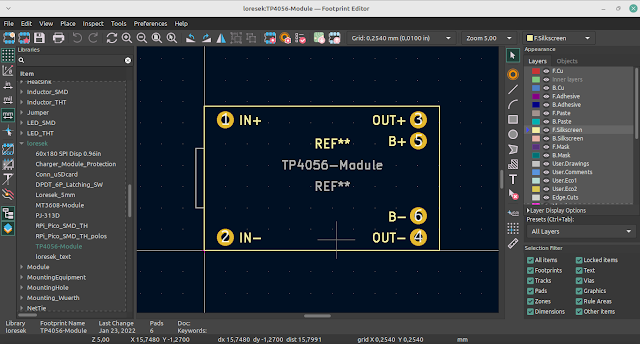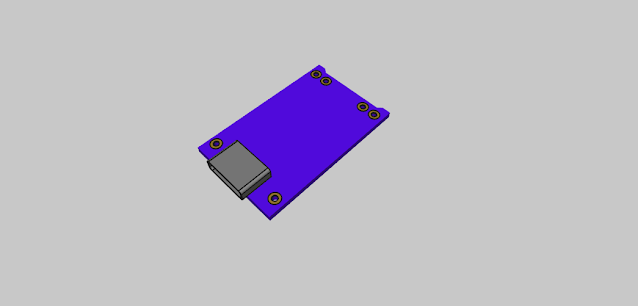Introducing the "FrameDeck": A Unique Cyberdeck Built with Framework's Mainboard
Framework, the creators of a sleek and fully user-serviceable laptop, have recently expanded their offerings by making the laptop's mainboard available as a single-board computer (SBC) for general use.
To support individuals interested in incorporating it into their own projects, Framework is releasing technical documentation, including pinouts, CAD models, and other valuable resources.
During the preparation for this documentation release, Framework approached me with an exciting collaboration proposal.
They generously offered to provide one of their laptops and additional modules, challenging me to create something unique.
The only condition was that I would release the designs for public use. Eager to seize this opportunity, I enthusiastically accepted, and the result of my experimentation is the FrameDeck.
The mainboard of the FrameDeck is a fantastic unit. It is a complete Intel-based system on a single board, offering excellent storage and memory expansion capabilities, decent on-board graphics, and comprehensive power management.
Although originally designed for the laptop form factor, the mainboard includes specialized connectors. However, with the available pinouts, there are abundant opportunities for expansion.
Furthermore, the board features four standard USB-C ports, which alone offer numerous possibilities without even exploring the other on-board connectors.
Motivated by Framework's plans and their offer, I eagerly dived into the project, and the FrameDeck is the result of my creative experimentation.
The FrameDeck represents my take on the slab-style computers that were somewhat popular before clamshell designs became dominant in the portable computer market.
It was heavily influenced by my desire for a TRS-80 Model 100 during my younger years.
To complete the unit, I incorporated the Framework laptop's battery, a custom mechanical keyboard, a WiFi card, SSD storage, 16GB of memory, a 7" IPS display, and speakers, aiming to create a highly functional computer.
Instead of designing my own power solution, I opted to use the mainboard with Framework's battery, as it offers ample capacity and is designed to work seamlessly with the onboard power management system.
For other applications, the mainboard can be powered via USB-C, allowing for extended runtime with a reliable power bank or using any USB-C power brick for stationary use.
For the case, I wanted something visually appealing that would showcase the mainboard and custom keyboard PCB, while also having a distinctive look.
Consequently, I chose to use clear acrylic and brass, favoring them over 3D printing. Constructing the unit with layers of laser-cut acrylic presented interesting challenges and opportunities.
I will highlight interesting aspects and address tricky aspects of the project, but it is not meant to be a comprehensive guide. Therefore, the usual caveats apply if you decide to embark on building something based on this material.
I have included all my design files for reference, but there are numerous build details that may not be covered.
If you wish to build a FrameDeck or something similar, please feel free to reach out to me. I would be delighted to answer any questions and offer advice.
- Build Tour
- Parts List
- Case Layers
- 3d Printed Bits
- What's with that keyboard?
Through the FrameDeck project, I hope to provide inspiration and encourage exploration of the possibilities that the Framework mainboard offers.
Visit the original source below:














